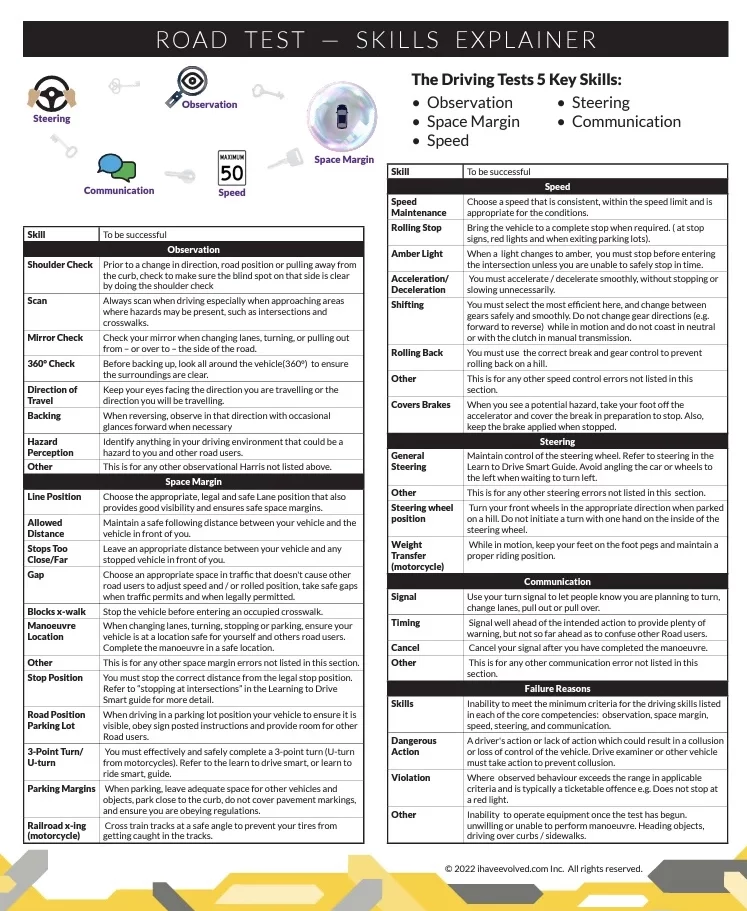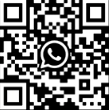
Failed My Class 7 Driving Test – Now What?
Today, I didn’t pass my ICBC driving test because of the following:
- I didn’t turn on my windshield wipers when it started to rain.
- I drove straight through a right-turn-only sign.
- I didn’t fully stop at a stop sign.
These aren’t just random errors; they’re direct indicators of specific skills that need fine tuning. Here’s a targeted plan for addressing them and getting ready to pass.
In this video traffic lights that are black and out requiring drivers to treat it as a four way stop. Anyone arriving at the intersection before you, you must yield to them giving them the right-of -way. Two cars arriving at the same time, you yield to the car to your right. Fail to do this and you would fail on a driving test. This is a difficult situation because often other cars will simply sail right thru without stopping. But you, on your test, must follow the law.
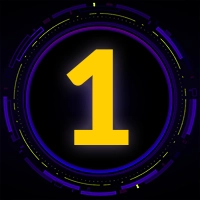
Step One – Review the Examiner’s Feedback with Precision
Understanding each issue the ICBC examiner noted as areas for improvement. Use ICBC guidelines and online resources to examine the exact criteria behind each type of error. Be precise about the requirements. This will help you build a more accurate plan to improve.
Review the two ICBC books.
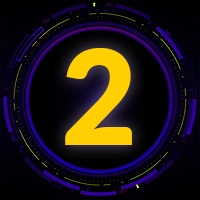
Step Two – Analyze Examiner Notes from Other ICBC Road Tests
Learning from real examiner notes on other tests can help you recognize patterns in typical mistakes and corrections. Use these as examples to see how specific feedback from your examiner might apply to you.
Go read other examiner score sheet notes 5 blog post series here.
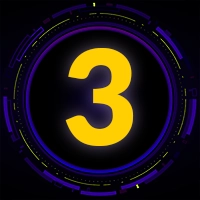
Step Three – Practice Specific Corrections
If you only made one or two key errors, practicing specific corrections can get you back on track quickly. Let’s break down what your specific mistakes indicate and how to tackle them:
Not Turning on the Wipers When It Rains
This error shows a lack of connection with your car’s state and needs, often caused by stress narrowing your attention. If you’re so focused on just “surviving” the test, you might miss real-time changes like rain. In this case, the goal is to develop calm control, which makes you a more attentive and present driver. Also, learn all the buttons. Simple method. Park the car. Pull out the owner’s manual. Place with every button and control. Now close your eyes and repeat using the controls with your eyes closed (of course now when you are driving). This will help you locate the controls when you are driving with a quick glance, allowing main focus on the driving task, not the controls.
Driving Straight Through a Right-Turn-Only Sign
Missing a right-turn-only sign is a classic example of selective attention. Try this experiment: walk a single block and guess how many signs you’ll see—then count them. You might be surprised. Many drivers believe they “read the important ones,” but in reality, they miss half or more.
To be a safe driver, you must notice every sign and determine which ones are relevant in the moment. Consistently reading 100% of the signs is the only way to ensure you don’t miss critical information.
Not Fully Stopping at a Stop Sign
Rolling through a stop indicates a lack of built-in discipline. It’s more than just a mistake—it’s a sign that you’re following the flow of traffic rather than obeying the law. Remember, the ICBC test is a test of your understanding and adherence to the law.
To prepare, practice coming to a complete stop every time, until it becomes second nature. As a passenger, your body may have learned to associate a rolling stop with a full stop, but this is a habit often picked up from experienced drivers. It’s crucial to break this habit through consistent practice to ensure you can perform a proper stop on test day.
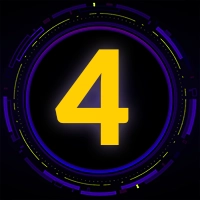
Step Four – Rebook Your Test
Once you’re clear on your areas for improvement and feel confident after some practice, book your next test. Here’s the ICBC waiting period to keep in mind:
1 st Attempt Failure:
Wait 14 days; rebook on Day 15.
2 nd Attempt Failure:
Wait 30 days; rebook on Day 31.
3 rd Attempt Failure:
Wait 60 days; rebook on Day 61.
Your goal now is to reach a “100% ready”.
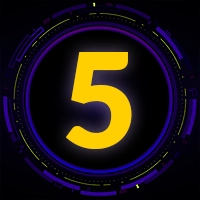
Step Five – Consider a Session with an Experienced Instructor
If you’re dealing with multiple errors or you do not know why you failed, a lesson with a well-versed instructor can help pinpoint specific improvements. Choose someone who knows the testing center you’ll be using. They’ll understand the most common errors and how to correct them efficiently.
However, avoid falling into a pattern of trainer dependence. Trainers should be used to reinforce independence, not to act as a crutch. True road-readiness means fully standing on your own as a driver, not just following the trainer’s prompts.
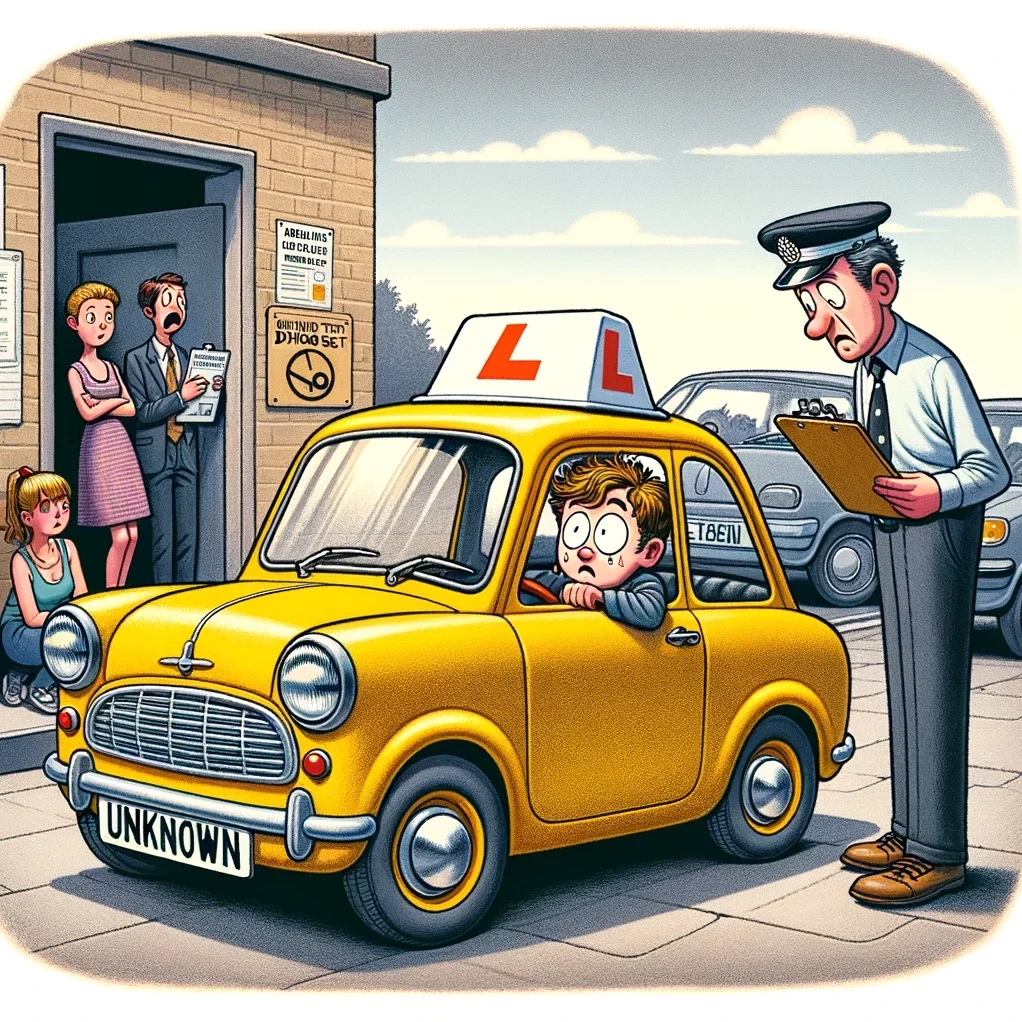

Step Six – Have Cooper Help You Out
Building Focus and Calm on the Road
Errors like forgetting to use wipers, missing signs, or rolling through stops aren’t just about the specific tasks; they reveal the need for strong presence and calm focus. Under pressure, many drivers experience tunnel vision, locking onto a single point instead of maintaining steady, broad awareness. This narrowed focus often results in missed actions and critical details, making calm, mindful driving essential for safety and attentiveness.
Stressful situations tend to narrow our focus, but driving demands 360° awareness—something stress can hinder. Developing and mastering this awareness is a significant step toward becoming a calm, safe, and attentive driver.

Breaking Habits That Limit Awareness
Many drivers unconsciously fall back on habits, even when they’ve been told how to improve. For example, failing to turn off the signal light after a turn or leaving the parking brake on are signs of being “disconnected” from the car. This also goes for things like failing to turn off wipers or the defroster once they’re no longer needed. These habits limit presence and awareness, and part of the learning process is breaking free from these tendencies.
Building yourself into a strong, super-visual, knowledgeable driver is the best way to present your driving skills and impress an examiner. Calm driving is critical as a grounded foundation to manage everything under the pressure of an exam.
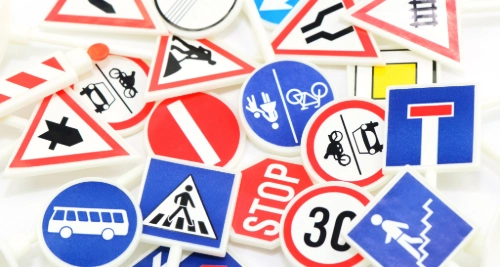
Strengthen Your Skill in Reading Signs
Not catching all the signs—especially ones like “right-turn-only” or “stop”—is another indication of limited awareness. Think about it this way: if you don’t read every sign, you can’t tell which ones matter in the moment. This is one of the most basic yet vital driving skills. Test yourself by walking a block and counting every sign, comparing that to how many you thought you’d see. This practice sharpens your skill for driving, where reading every sign ensures you never miss a critical cue.
Under the pressure of a test, many drivers try to act like experienced drivers. They rush into congestion and complexity instead of staying back and taking more time to figure things out. Staying calm and cool is your best approach on exam day.

Turn Failing Into Learning
While not passing can be disappointing, it’s also an opportunity to get clear on the exact skills you need to pass confidently. By focusing on presence, skill-building, and independence, you’re not just passing a test; you’re becoming a fully capable driver, ready to handle real-life pressures and responsibilities on the road.
Review notes from other ICBC exams, which can offer insights and examples to help you correct your approach.
Habits developed over years are often based on traffic flow and the behavior of the majority of drivers. However, these ingrained habits are not aligned with the legal ICBC driving test requirements. To pass, you must adapt and practice the required changes well in advance of your test day.
